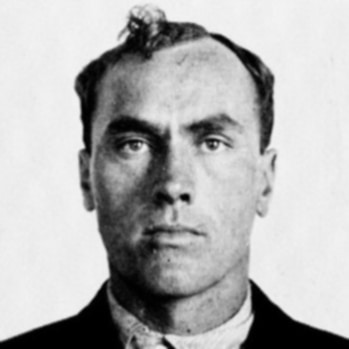
1891 - 1930
Carl Panzram
Summary
Name:
Nickname:
Jefferson Baldwin / Cooper John II / Harry Panzram / Jack Allen / Jefferson Davis / Jefferson Rhodes / John King / John O'Leary / John Ape / Teddy BedardYears Active:
1899 - 1929Birth:
June 28, 1891Status:
ExecutedClass:
Serial KillerVictims:
21+Method:
Shooting / Strangulation / Beating / DrowningDeath:
September 05, 1930Nationality:
USA
1891 - 1930
Carl Panzram
Summary: Serial Killer
Name:
Carl PanzramNickname:
Jefferson Baldwin / Cooper John II / Harry Panzram / Jack Allen / Jefferson Davis / Jefferson Rhodes / John King / John O'Leary / John Ape / Teddy BedardStatus:
ExecutedVictims:
21+Method:
Shooting / Strangulation / Beating / DrowningNationality:
USABirth:
June 28, 1891Death:
September 05, 1930Years Active:
1899 - 1929bio
Carl Panzram was born on 28 June 1891 on a modest farm near East Grand Forks, Minnesota. He was the sixth of seven children born to German‑speaking East Prussian immigrants who struggled to make a living in rural America. His upbringing was defined by harsh physical labor and severe discipline. From a young age, Carl and his siblings worked long hours in the fields, often through the night, because their parents resented truancy laws that forced children into daytime schooling. By Carl’s own accounts, he frequently slept only two hours before being sent to school in the morning.
The home environment was one of unrelenting hardship. Punishments ranged from beatings to starvation, and the children were sometimes chained to prevent them from leaving their duties. Carl later reflected that by age five, he had already become a liar, a thief, and someone disliked by other children.
By the age of eight, his misbehavior had escalated from simple acts of disobedience to more serious trouble. His parents, unable to handle his actions, often punished him severely, which only served to deepen his resentment and anger towards them and the world. In 1899, he was arrested for being drunk and disorderly.
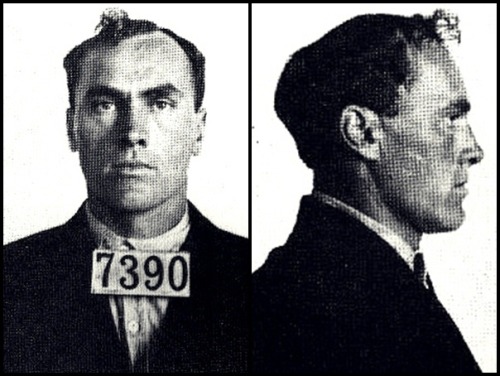
At age twelve, he was jailed again for intoxication and unruly behavior. After breaking into a neighbor’s home to steal food, cake, and a revolver, his mother sent him to the Minnesota State Training School at Red Wing, a reform institution with a reputation for brutality.
Carl later described the school’s workshop, known among the boys as “the paint shop,” as a place where staff beat, tortured, and sexually assaulted children. He blamed the relentless abuse there for deepening his hatred of society and shaping the violent impulses that would later define his life. On 7 July 1905, he set fire to a building at the school, an act of revenge he claimed to be proud of, and was paroled six months later.
He ran away almost immediately. While living as a teenage drifter, he was gang‑raped by homeless men in a railway boxcar.
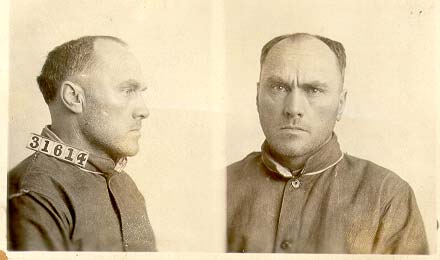
At fourteen, unable to endure the brutality any longer, Carl made his escape. He fled the confines of the school and turned to a nomadic life, traveling across the country by hopping on railroad cars. This new life brought with it the necessity of theft as Carl stole to meet his basic needs.
murder story
Carl Panzram's life of crime started early. In 1906, he was caught for burglary in Butte, Montana, and sent to the Montana State Reform School.
There, he got into serious trouble after attacking a guard with a wooden board, which landed him in solitary confinement. Not long after, he escaped with another inmate, James Benson. The pair went on a crime spree, stealing guns, breaking into stores, and setting fires to buildings, especially churches.
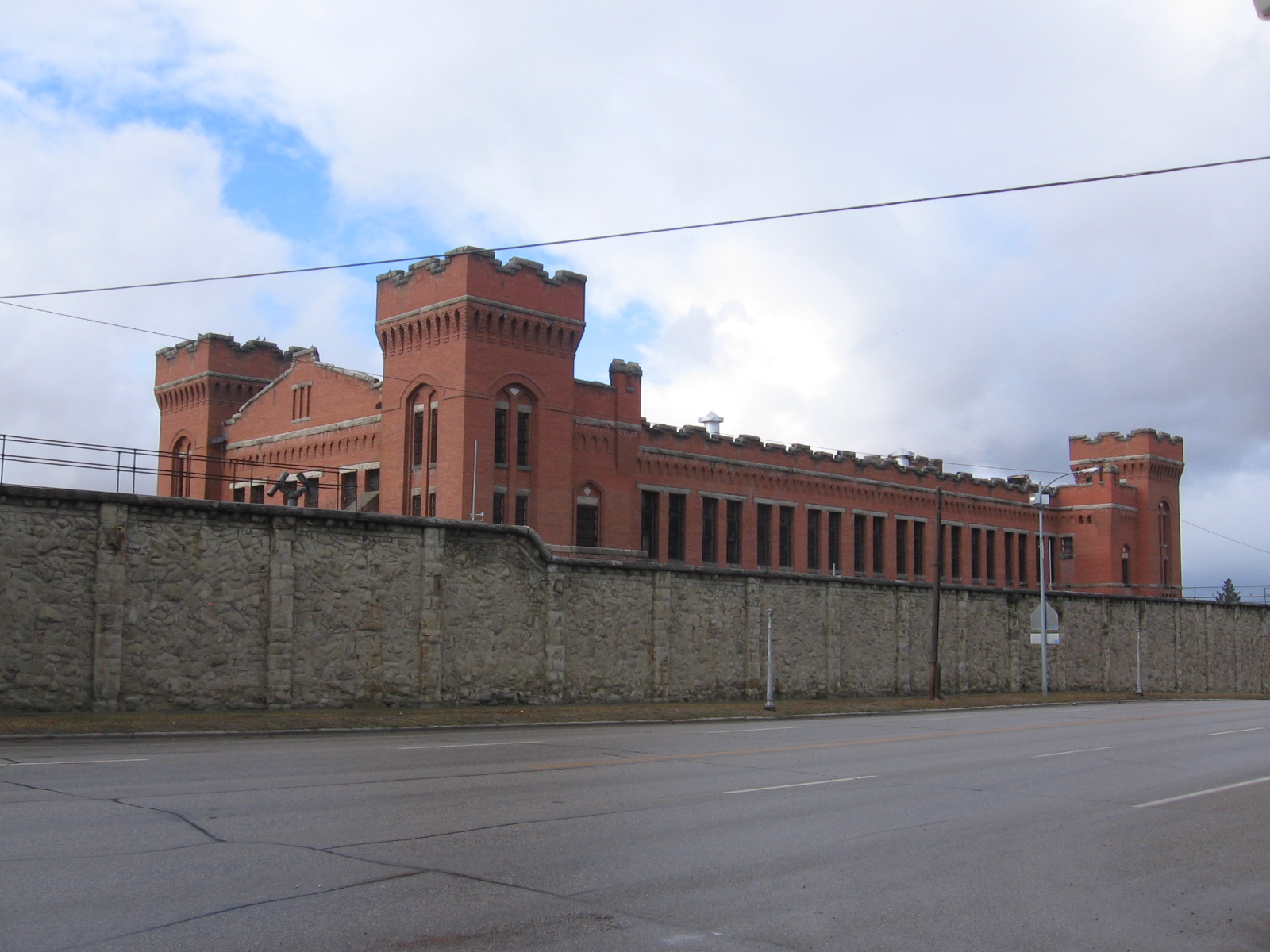
After splitting up with Benson, Panzram made a bold move in 1907—he drunkenly signed up for the United States Army. His military career was short-lived; he couldn't follow orders and ended up stealing army supplies. He was caught and sent to the tough United States Disciplinary Barracks at Fort Leavenworth. This experience only hardened him, stripping away any remaining restraint.
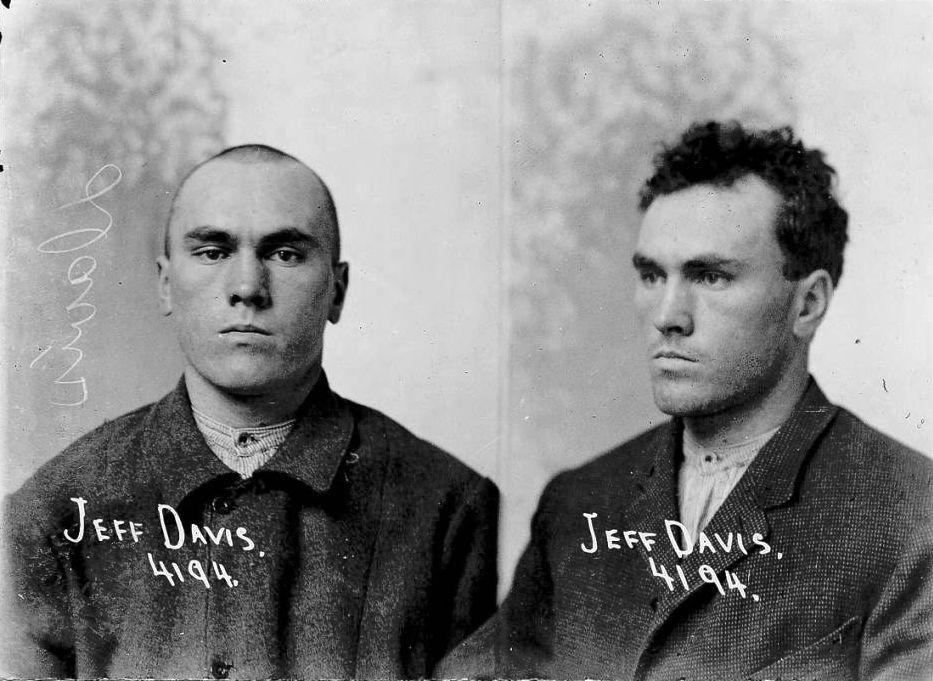
Once out of the army, Panzram dove back into crime, stealing anything from bicycles to yachts across several states. He was caught and imprisoned multiple times under different names but always managed to escape. He often attacked guards and showed no fear, fueled by a deep-seated rage against society.
Panzram's anger led him to even more violent crimes. After escaping from a chain gang in Texas, he claimed to have committed a murder in Mexico. He also admitted to assaulting people across the United States, living up to his self-description as “rage personified.”
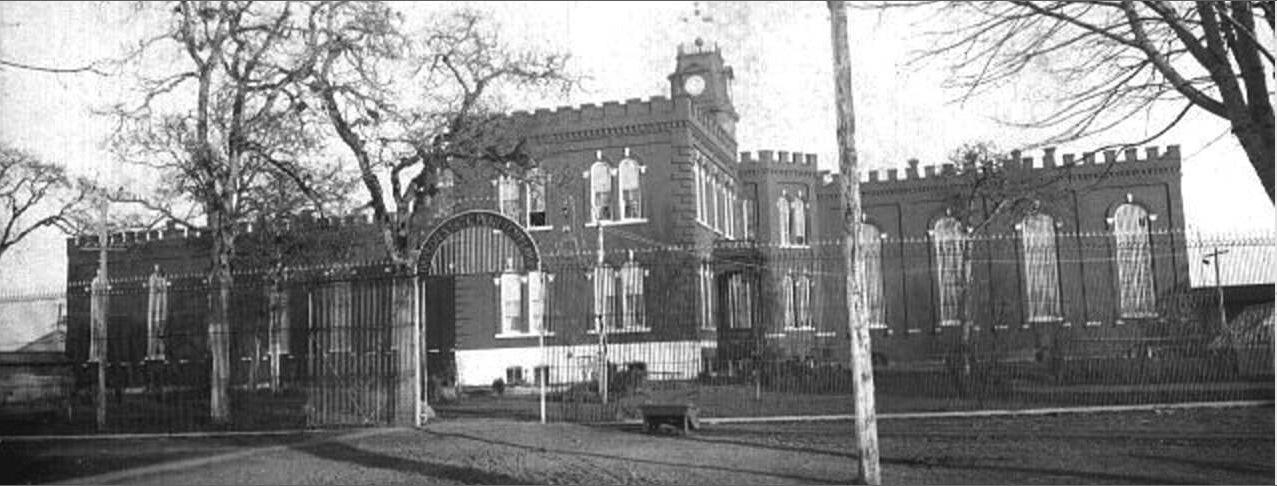
In the 1920s, Panzram escalated his criminal activities. He bought a yacht with stolen money and used it to commit some of his darkest crimes. He lured sailors from New York bars onto his boat, got them drunk, then killed them and dumped their bodies at sea. This series of murders ended when his yacht sank.
Panzram's boldness peaked when he burglarized the mansion of former President William Howard Taft in 1920. He stole jewelry, bonds, and Taft's gun, which he used in subsequent crimes. Using the stolen funds, he continued his spree, traveling internationally and leaving a trail of violence in his wake.
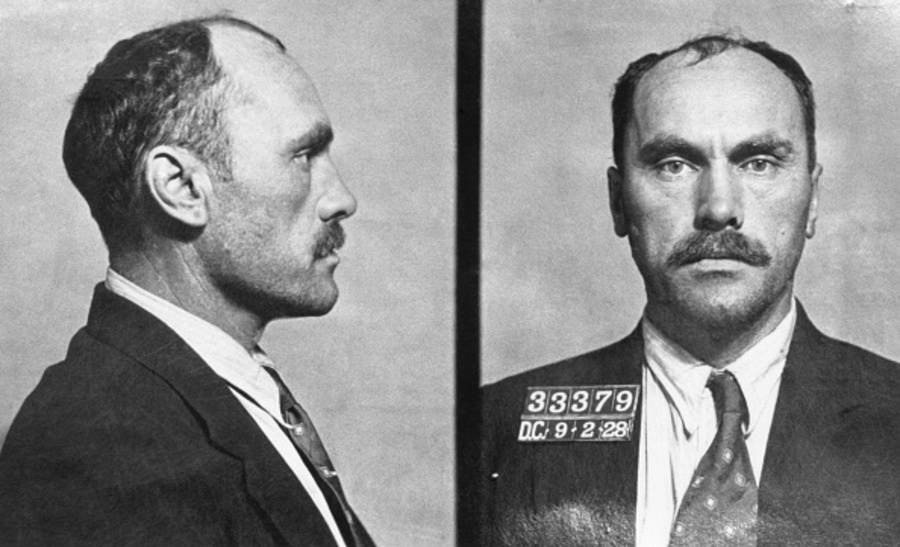
Eventually, in Baltimore in 1928, the law caught up with Panzram. He was arrested for burglary and admitted to several murders during his interrogation. Sentenced to 25 years to life, he was sent to Leavenworth Federal Penitentiary, where his violent tendencies continued.
He killed the prison foreman and was sentenced to death. Panzram's life ended on September 5, 1930, when he was executed by hanging. To the end, he remained defiant, spitting in the face of his executioner and hurling insults. His last words reflected his brutal life: he wished he could kill more.